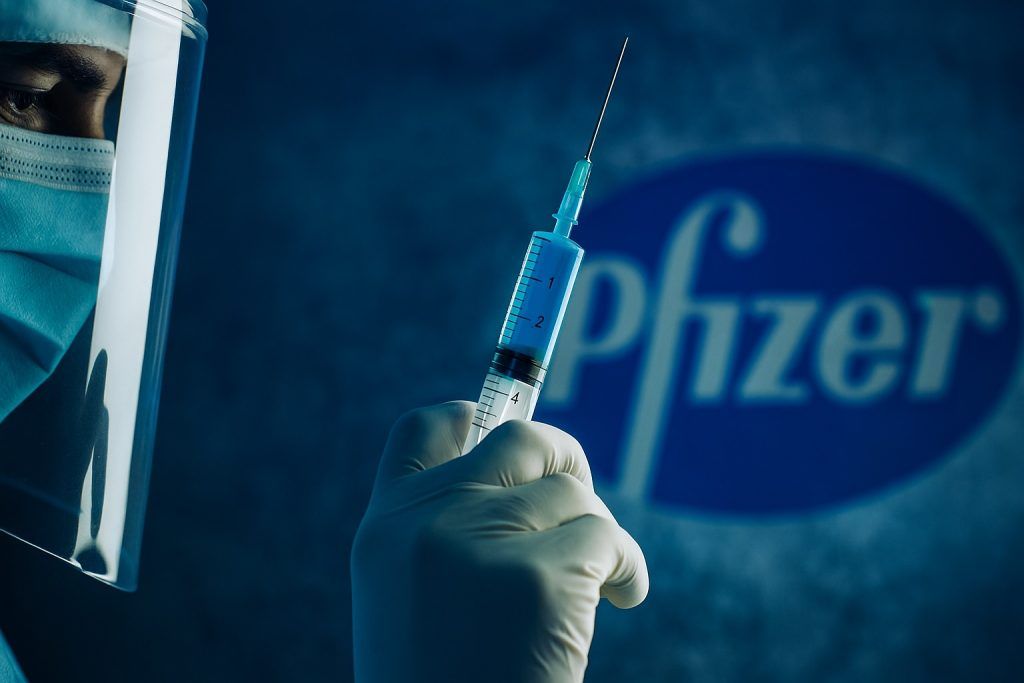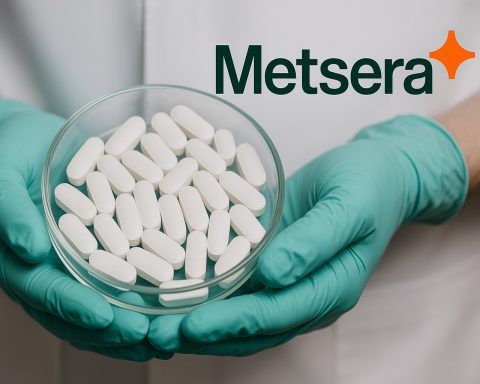Pfizer sealed a deal to acquire Metsera for up to $10 billion, ending one of 2025’s fiercest pharma bidding wars and reshaping the obesity‑drug race. Below are the facts, context, and what’s next for MTSR shareholders and the GLP‑1 landscape.
What happened today
Pfizer won the contest for Metsera, agreeing to acquire the clinical‑stage obesity‑drug developer in a transaction valued at up to $10 billion. Metsera’s board cited legal and regulatory certainty in favoring Pfizer’s revised terms, while Novo Nordisk said it will not raise its competing proposal and is exiting the race. The merger is expected to close shortly after Metsera’s Nov. 13 special shareholder meeting, pending customary approvals. [1]
Deal terms at a glance
- Headline value: Up to $86.25 per share.
- Consideration mix:$65.60 in cash + a contingent value right (CVR) of up to $20.65 per share tied to future milestones.
- Board recommendation: Metsera’s directors unanimously reaffirmed support for the amended Pfizer agreement and urged shareholders to vote FOR the deal at the Nov. 13 meeting. [2]
Why Metsera matters in the obesity‑drug race
Metsera brings a portfolio built around less‑frequent dosing and combination approaches:
- MET‑097i (GLP‑1 RA): A once‑monthly injectable that showed placebo‑adjusted weight loss up to 14.1% after 28 weekly doses in mid‑stage trials; late‑stage studies are planned. [3]
- MET‑233i (amylin analog): Early‑stage data indicated ~8.4% placebo‑adjusted weight loss at 36 days, and it’s being explored as monotherapy and in combinations. [4]
Analysts have modeled peak sales of roughly $5 billion for Metsera’s lead assets, underscoring why Pfizer and Novo Nordisk sparred so aggressively despite programs still being pre‑commercial. [5]
How we got here (and why Novo blinked)
- The escalation: Pfizer first struck a deal in September; Novo later lobbed a higher unsolicited bid, prompting lawsuits and a week of emergency court and regulatory moves. A Delaware judge declined to block Metsera from pivoting away from Pfizer’s earlier agreement, and the FTC raised antitrust concerns about Novo’s structure. Those two developments helped tilt the board back to Pfizer’s amended offer. [6]
- Novo’s decision: On Nov. 8, Novo Nordisk said it won’t increase its offer and is exiting the process, clearing the runway for Pfizer. [7]
Market reaction and what to watch next
- Shares: MTSR traded around $83.18 (intraday high $85.75) as of early‑day UTC pricing, after jumping ~60% over the past week during the bidding frenzy. [8]
- Catalyst:Nov. 13, 2025 — Metsera’s shareholder vote. If approved, Pfizer and Metsera expect a prompt close thereafter. [9]
- Regulatory lens: While Pfizer’s deal does not consolidate marketed GLP‑1 products, expect scrutiny of pipeline overlaps and supply‑chain implications as regulators weigh competitive dynamics in a market some analysts see reaching $150B by the early 2030s. [10]
Strategic takeaways
- Monthly dosing is the prize. If MET‑097i’s once‑monthly profile holds up in Phase 3 and combination regimens pan out, Pfizer gains a differentiated angle versus weekly GLP‑1s and oral candidates under development across Big Pharma. [11]
- CVRs align incentives. The up‑to‑$20.65 CVR shifts part of the consideration to successful clinical/regulatory milestones, balancing near‑term cash with longer‑term performance. [12]
- Antitrust shaped the outcome. The FTC’s outreach about Novo’s structure and the Chancery Court’s refusal to halt Metsera’s process materially altered the board’s risk calculus—ultimately favoring Pfizer’s amended, cleaner path to closing. [13]
FAQ
What exactly will Metsera shareholders receive?
If the merger closes, each share is entitled to $65.60 in cash plus a CVR worth up to $20.65 depending on future milestones, for a total potential value of $86.25. [14]
When is the shareholder vote?
Metsera has scheduled a special meeting for Nov. 13, 2025; both companies say they expect to close promptly afterward if approvals are secured. [15]
What are Metsera’s lead drug candidates?
MET‑097i, a GLP‑1 receptor agonist designed for once‑monthly injection, and MET‑233i, an amylin‑based injectable explored alone and in combos. Mid‑stage data for MET‑097i has shown up to 14.1% placebo‑adjusted weight loss; MET‑233i showed ~8.4% at 36 days in early testing. [16]
Why didn’t Novo Nordisk keep bidding?
Novo said today it would not increase its proposal, emphasizing financial discipline and confidence in its internal pipeline. Regulatory risk around its offer structure was also flagged by Metsera’s board. [17]
This is news reporting and analysis, not investment advice.
References
1. www.reuters.com, 2. www.prnewswire.com, 3. www.reuters.com, 4. www.reuters.com, 5. www.reuters.com, 6. www.reuters.com, 7. www.globenewswire.com, 8. www.reuters.com, 9. www.reuters.com, 10. www.reuters.com, 11. www.reuters.com, 12. www.prnewswire.com, 13. www.prnewswire.com, 14. www.prnewswire.com, 15. www.prnewswire.com, 16. www.reuters.com, 17. www.globenewswire.com





